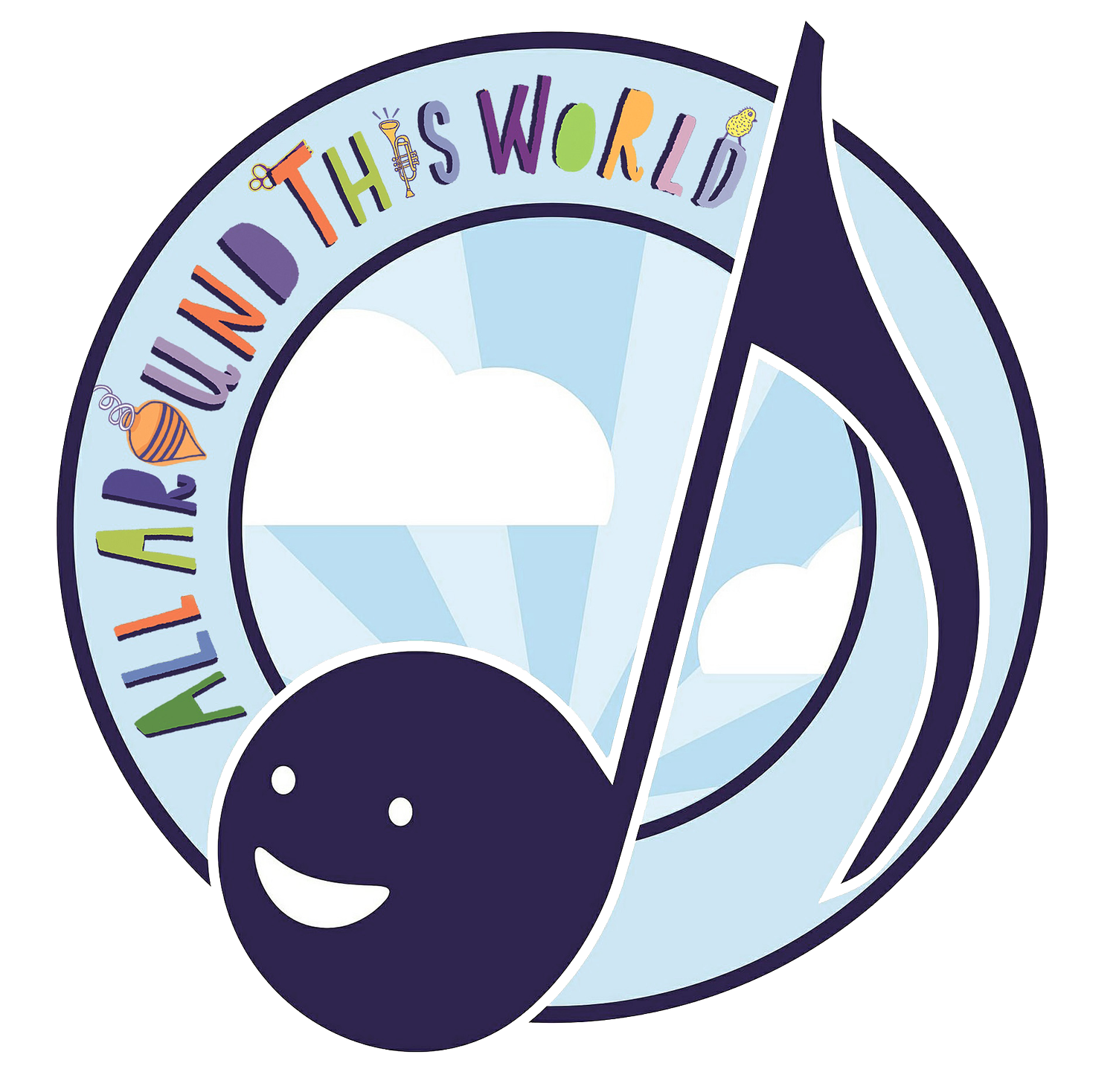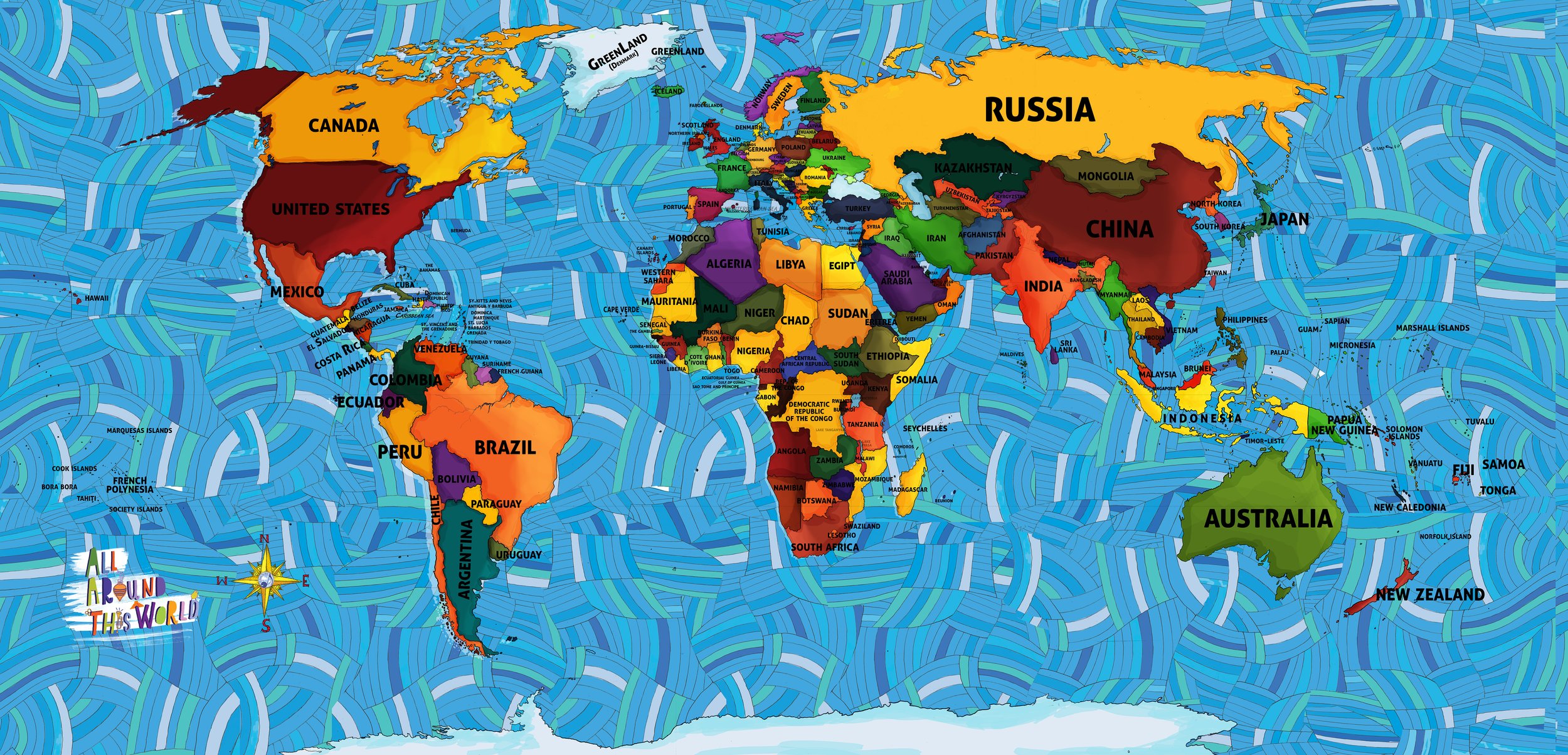U.S. & CANADa CONJUNTO/TEJANO
“Conjunto” music is a mix of influences and styles, all present in South Texas in the late 1800s, that fused to form a genre that is at the same time uniquely Mexican and also a unique product of the American southwest. Though Texas had left Mexican control to become part of the U.S. in the mid-1840, Mexican music, culture and the Spanish language still dominated the region. There may have been a border between Mexico and the States, but people and their culture still flowed freely between the two.
Using the dynamic combination of the 12-stringed bajo sexto and the accordion as a launch pad, conjunto bands on both sides of the border confidently combined Mexican ranchera-style vocals and the lyrics of corrido ballads with the music for German dances. Later in the 19th and early 20th centuries waves of Polish immigrants moving into the Mexican state of Sinaloa and Czechs immigrating into Southern Texas solidified the Mexican/Central European dance connection.
Despite the excitement of decades of cultural cross-pollination, conjunto only truly came into its own in the 1930 when Narciso Martinez stepped up with his accordion. Martinez departed from traditional German techniques to develop a prancing melodic style that still defines conjunto music together.
This week in class we dance to Mexican-American music with the “Texas two-step.” We sing hello in a dialect that fuses Spanish and English. Culturally, we ignore the border between the two nations even as we know that, politically, it's the most important thing.
IN CLASS WE…
EXPLORE THE U.S. AND CANADA WITH…
-

-
DANCES, HOLIDAYS AND FUN!

THE U.S. AND CANADA
ALL AROUND THIS WORLD’S SONGS AND LESSONS
Click on the map to meet any region of the world.


